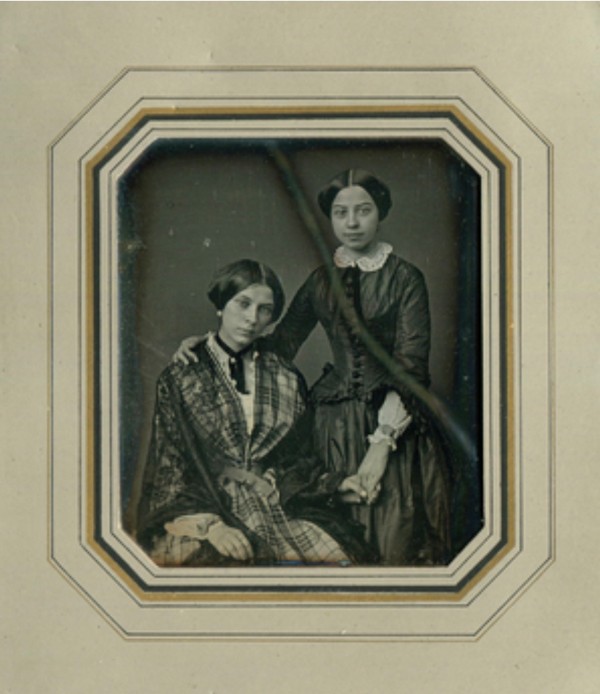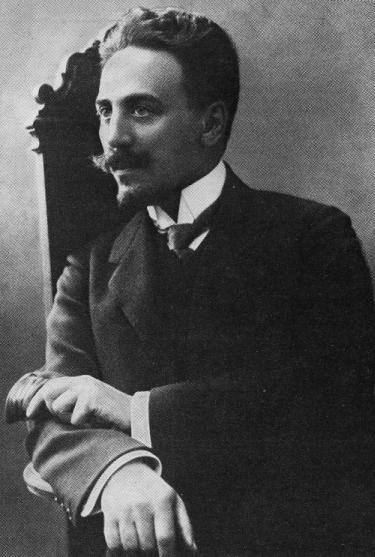In 1938, American composer Walter Piston (1894–1976) wrote his only ballet, The Incredible Flutist. The Boston Pops under Arthur Fieldler commissioned it and premiered it on 30 May 1938. At the premiere, Hans Wiener and His Dancers, with Orchestra, performed the dancing.
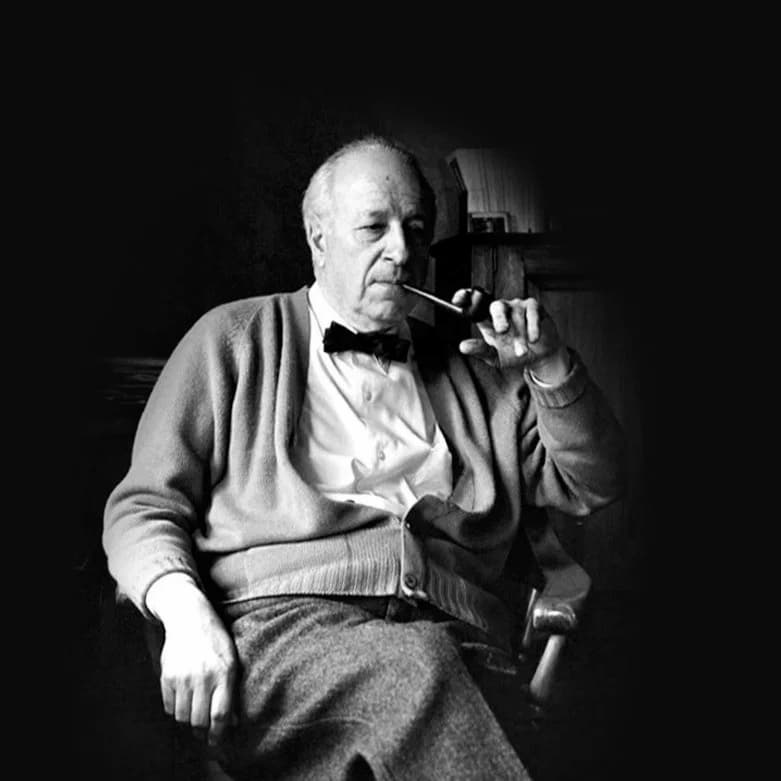
Walter Piston
The libretto for the story was created by Piston with the choreographer and dancer Hans Wiener (after 1941, as Jan Veen) (1903–1967). Wiener/Veen went on to found the Dance Program at the Boston Conservatory and served as a choreographer / collaborator with the Boston Pops, performing there for 10 seasons. Piston wrote The Incredible Flautist for him.
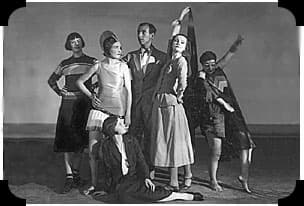
Jan Veen
The suite was made into an orchestral suite in 12 parts, which was immediately recorded by the Boston Pops in 1938 and received its performance premiere in 1940 with the Pittsburgh Symphony, led by Fritz Reiner. About half the music from the full ballet made it into the suite, without about half the action of the full work.
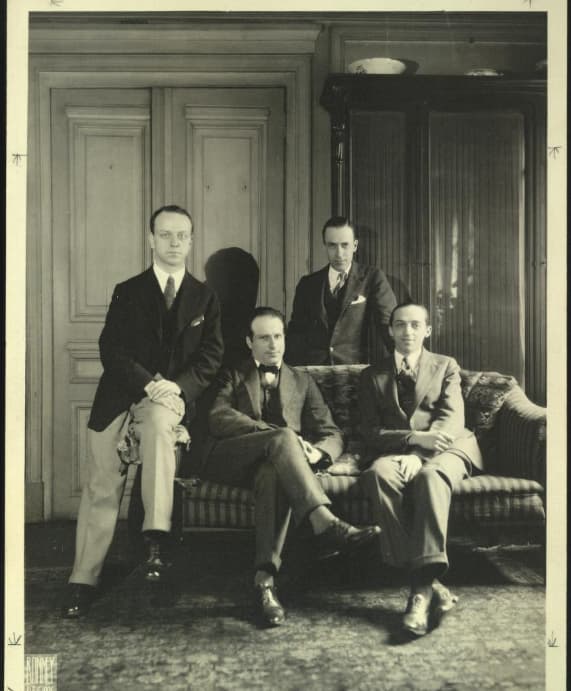
Composers Virgil Thomson, Walter Piston, Herbert Elwell, and Aaron Copland at Nadia Boulanger’s Paris home, 1925 (Library of Congress)
The story is set in a small village when the market and the circus come to town. It could be, as reviewer Elliott Carter noted, ‘any village’. Piston avoided using any national styles in the music to give it this everywhere / anywhere quality.
The movements:
I. Introduction
II. Siesta Hour in the Marketplace and Entrance of the Vendors
III. Dance of the Vendors
IV. Entrance of the Customers
V. Tango of the Four Daughters
VI. Arrival of Circus and Circus March
VII. Solo of the Flutist
VIII. Minuet – Dance of the Widow and Merchant
IX. Spanish Waltz
X. Eight O’clock Strikes
XI. Siciliana – Dance of the Flutist and the Merchant’s Daughter
XII. Polka – Finale
The scene opens in the small village with the opening of the market on a sleepy afternoon. Vendors (strings and winds) set up the stalls and with a flourish of horns and a trumpet, the customers arrive.
As is common in a ballet, various character dances follow, including the Tango of the Four Daughters. This is an accent switching piece that moves in quintuple meter, switching between two-three and three-two at the cadences. It has a Spanish-flavoured middle section before returning to the tango.
With trumpets and horns, the circus comes to town, quickly forming into a Circus March, complete with a cheering mob supplied by the orchestra members; it closes with a barking dog.
The incredible flutist of the title comes in the 7th movement, where he turns out to be a charmer of both snakes and women. He ends up with a date with one of the merchant’s daughters—they dance an elegant Siciliana in the 9th movement. The whole work ends with all the dancers joining in a final Polka.
Walter Piston: The Incredible Flutist Suite (MIT Symphony Orchestra; David Epstein, cond.)
It’s an elegant little work and has proved to be one of Piston’s most-performed works. Piston was professor of music at Harvard University from 1926 until he retired in 1960. His students include the greatest of America’s 20th century composers, including Leonard Bernstein, Leroy Anderson, Elliot Carter, and Frederic Rzewski. At Harvard, he also maintained a close relationship with the Boston Symphony. Two of his symphonies were awarded Pulitzer Prizes, Symphony No. 3 in 1938 and Symphony No. 7 in 1961, Piston was one of only four composers to receive the award more than once.
For more of the best in classical music, sign up for our E-Newsletter


